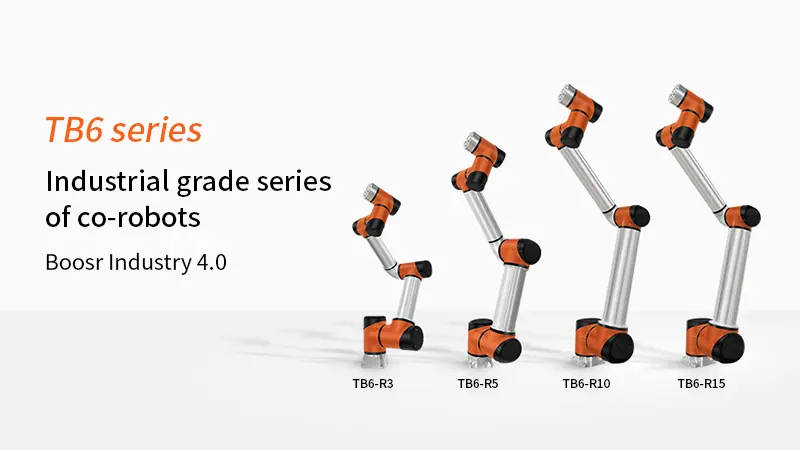In the future, the demand for co-robots will continue to grow
Date:2020-09-21
According to the latest report of PMMI Business Intelligence, the demand for co-robots will continue to grow, and robotics technology will surpass terminal applications. Traditionally, robots are implemented at the end of the production line. The data shows that it is difficult for many manufacturers to imagine the application of robotics beyond secondary packaging and palletizing tasks.
However, according to the "Automation Plan: Driving Force to 4.0 Connections in Packaging and Processing", this technology has been developed to a certain extent, and robots including co-robots have powerful capabilities beyond terminal applications. "This provides an opportunity for OEMs and suppliers to provide guidance on robotics and co-robot applications to expand their business.

Co-robots are one of the fastest growing areas of manufacturing. Despite the downturn in the manufacturing industry, before the new crown pneumonia, the growth of Co-robot applications was very large, and both revenue and the number of units increased in 2019. Since co-robots are designed to work with employees, co-robots can reduce certain demands on humans and improve production efficiency. The versatility of Co-robot allows it to be used in a variety of applications without reprogramming, so it is an important alternative instead of considering "new operational reality" such as labor fluctuations and COVID-19. Production plan changes.
A process engineer from a leading pharmaceutical/supply company said: "In the future, we will deploy robots for picking and placing functions, as well as some one-off applications, instead of manual labor.
In the meat packaging industry that has been hit hard by the new crown pneumonia, many large companies are forced to reassess their automation options. In the past five years, several of the largest companies have been developing robotic processing systems, and many companies have now announced plans to accelerate robotic processing systems to meet urgent labor demands.
However, according to the "Automation Plan: Driving Force to 4.0 Connections in Packaging and Processing", this technology has been developed to a certain extent, and robots including co-robots have powerful capabilities beyond terminal applications. "This provides an opportunity for OEMs and suppliers to provide guidance on robotics and co-robot applications to expand their business.

Co-robots are one of the fastest growing areas of manufacturing. Despite the downturn in the manufacturing industry, before the new crown pneumonia, the growth of Co-robot applications was very large, and both revenue and the number of units increased in 2019. Since co-robots are designed to work with employees, co-robots can reduce certain demands on humans and improve production efficiency. The versatility of Co-robot allows it to be used in a variety of applications without reprogramming, so it is an important alternative instead of considering "new operational reality" such as labor fluctuations and COVID-19. Production plan changes.
A process engineer from a leading pharmaceutical/supply company said: "In the future, we will deploy robots for picking and placing functions, as well as some one-off applications, instead of manual labor.
In the meat packaging industry that has been hit hard by the new crown pneumonia, many large companies are forced to reassess their automation options. In the past five years, several of the largest companies have been developing robotic processing systems, and many companies have now announced plans to accelerate robotic processing systems to meet urgent labor demands.